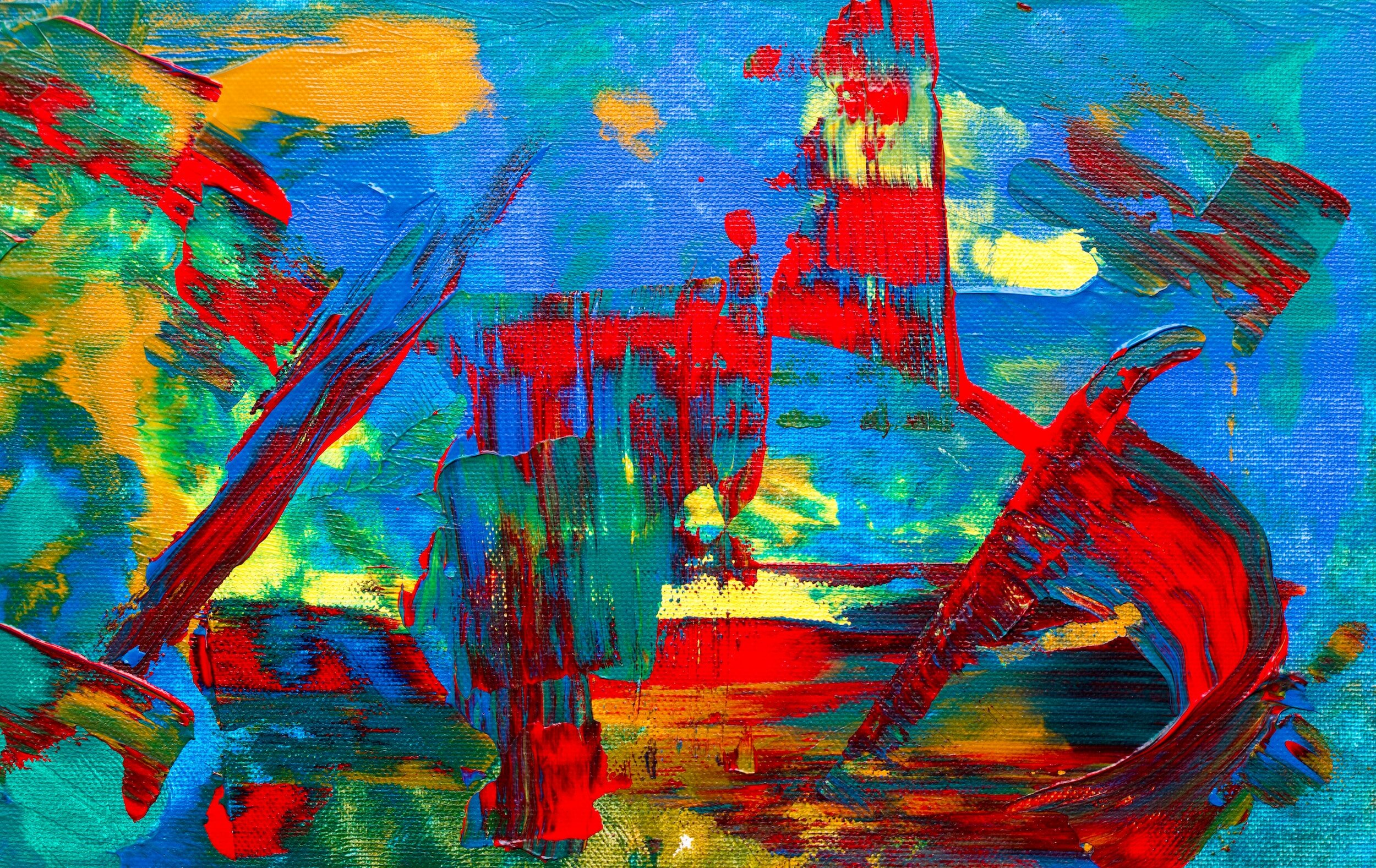Abstract Expressionism Paintings: The Symphony of Chaos and Emotion
The art world has seen numerous movements, each contributing a distinct flavor to the grand tapestry of human expression. Yet, few have left as indelible a mark as abstract expressionism. Emerging from the post-World War II art scene, primarily in New York, this style marked a seismic shift from traditional to something entirely unprecedented. Here we'll explore the intense and fascinating world of abstract expressionism paintings and their profound impact on contemporary art.
Defining the Indefinable: What is Abstract Expressionism?
Abstract expressionism is less about precise definition and more about raw emotion, intuition, and spontaneity. It abandons the idea of portraying reality and ventures into the realm of pure abstraction. But unlike earlier abstract art forms, this movement emphasized the process of creation, giving the act of painting an almost performative element.
Significance in the Art World
Abstract expressionism shattered pre-existing notions about art. It:
Shifted the Art Epicenter: While Paris was long considered the global art capital, the rise of abstract expressionism paintings propelled New York to the forefront, reshaping the global art landscape.
Paved the Way for Later Movements: The emphasis on spontaneity and process influenced later movements like performance art and minimalism.
Challenged Art Commercialization: Given their scale and style, these paintings were not easily marketable. They resisted easy commodification, at least initially, emphasizing art for art's sake.
The Dual Faces of Abstract Expressionism
While diverse in approach, abstract expressionism paintings largely fall into two camps:
Action Painting: These are characterized by spontaneous brushwork, drips, and splatters. The canvas becomes an arena, and the painting act a dance, a fight, a cathartic release. Jackson Pollock, with his drip paintings, is the poster child of this style. He let paint drip and splatter on canvas, embracing randomness and intuition.
Color Field Painting: Here, vast expanses of color dominate the canvas. Rather than dynamic strokes, the emphasis is on the interplay of color and form. Mark Rothko, with his luminous, large-scale color blocks, exemplifies this approach. His works invoke deep emotions, offering viewers a meditative, almost spiritual experience.
The Emotional Impact
At its core, abstract expressionism seeks to evoke emotion. Every stroke, splash, and hue is designed to resonate with viewers on a visceral level. The large scale of many such paintings further engulfs the viewer, making the experience immersive and often profound.
Contemporary Relevance
While the heyday of abstract expressionism was in the 1940s and 50s, its influence endures. Contemporary artists continue to draw from its ethos, blending it with newer styles and media. Moreover, in an increasingly digitized age, the tangible, tactile nature of abstract expressionist paintings offers a refreshing counterpoint.
Conclusion
Abstract expressionism is more than just a style; it's a statement, an emotion, an experience. It challenges viewers to confront their innermost feelings, to find meaning in chaos, and to engage with art on a deeply personal level. By marrying abstraction with emotion, this movement has carved a permanent niche in the annals of art history, serving as a testament to the endless possibilities of human expression.








